Architecture for animals leads the way at this school for dogs
Details are designed with dogs in mind at Spain’s Educan School for Dogs, Humans and Other Species
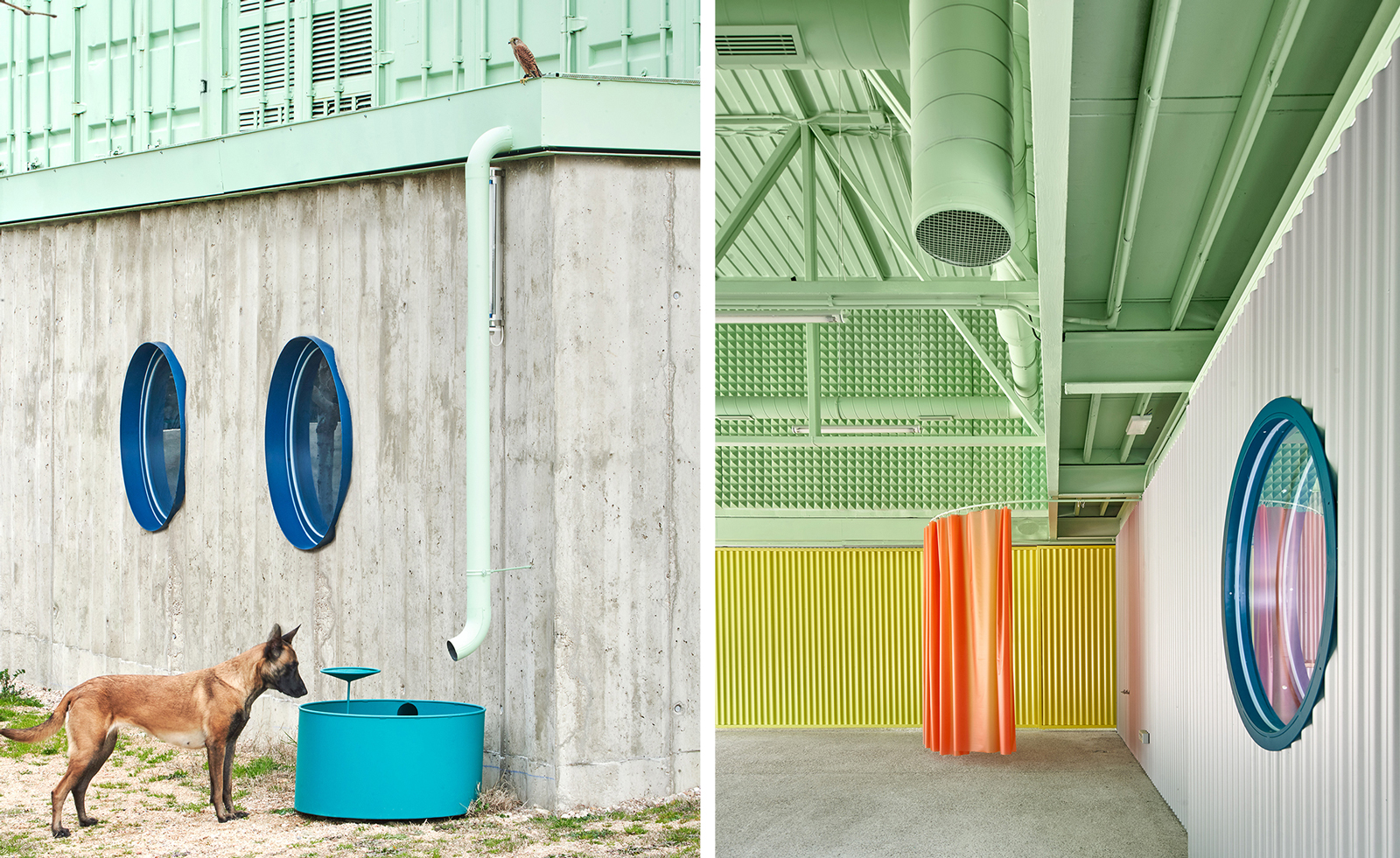
José Hevia - Photography
Humans and dogs harmoniously co-exist at the Educan School for Dogs, Humans and Other Species, an example of animal architecture in a rural setting west of Madrid, Spain. The space, which is used to train dogs and is designed to encourage wildlife, aims to help restore the natural order of the local ecosystem, which the architects feel has been lost amid recent advances in urban development and an agriculture heavily reliant on pesticides.
Spanish architects Enrique Espinosa and Lys Villalba are the brains behind the project. They consider the changing nature of agricultural buildings – and how they could become more innovative – in their approach to the school, which aims to be ecological, following principles of sustainable architecture, through its use of materials and design.
Animal architecture, for dogs, birds, bats and more

The building puts animals, not humans, at the centre of a design that considers all aspects from an animal’s point of view. Floors are designed to be trodden by paws, not shoes, with a dog’s sensitive pads accounted for. In the two main classrooms, dogs and humans play games or develop their sporting prowess on soft, removable rolls of synthetic turf. In the theory classrooms, river pebbles become a semi-polished, exposed-aggregate concrete finish for a smooth, tactile experience.
The approach to materials keeps waste reduction in mind, with shipping containers offering shelter to animals, and metal off-cuts used to mould the concrete. Industrial metal sheet panels are a standardised size to ensure no wasteful remains, while automated air conditioning and manual control elements – such as the blinds and shutters – ensure the day-to-day running of the school is as energy efficient as possible.

It is an awareness carried through to animal-friendly, thoughtful details. Eye heights drop to an average viewpoint of half a metre. Openings are raised to discourage dogs from leaving or being distracted, and window shutters are arranged to offer shade to dogs passing below. Sound-absorbing pyramid-shaped foam insulation reduces the noise of barks, doggy discourses and echoes inside, making for a more harmonious atmosphere.
This example of animal architecture caters not only to dogs; other creatures, such as birds and bats, make themselves at home in the environment, thus contributing to the restoration of the local ecosystem. Rainwater from the roof is collected in large troughs for birds and dogs, while birds including owls and kestrels make their homes in the ‘nest façade’ of the upper floor. Sparrows favour the circular holes of the shipping container edges, while bats prefer the nests inside the 3D letters spelling ‘Educan’ on the building’s façade.
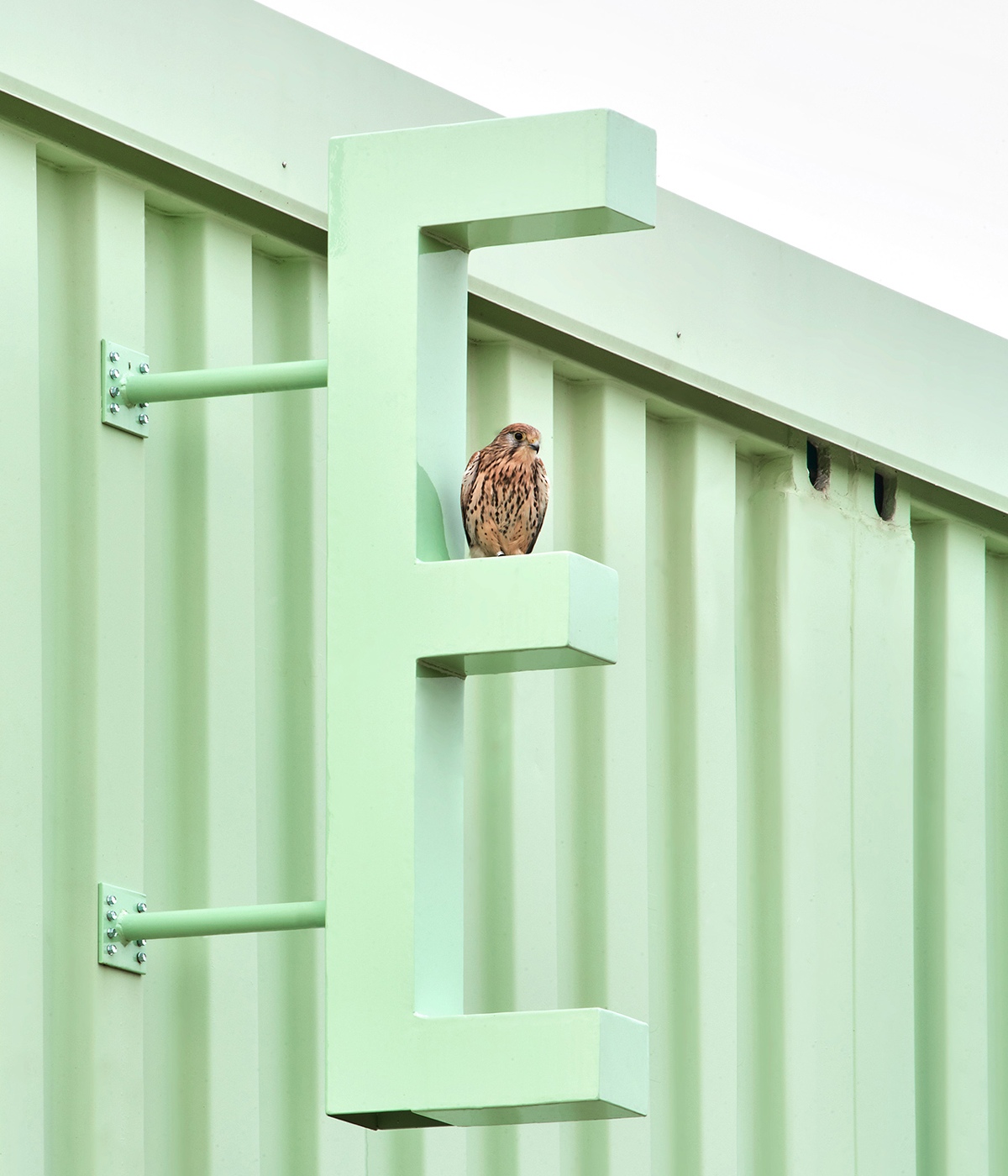

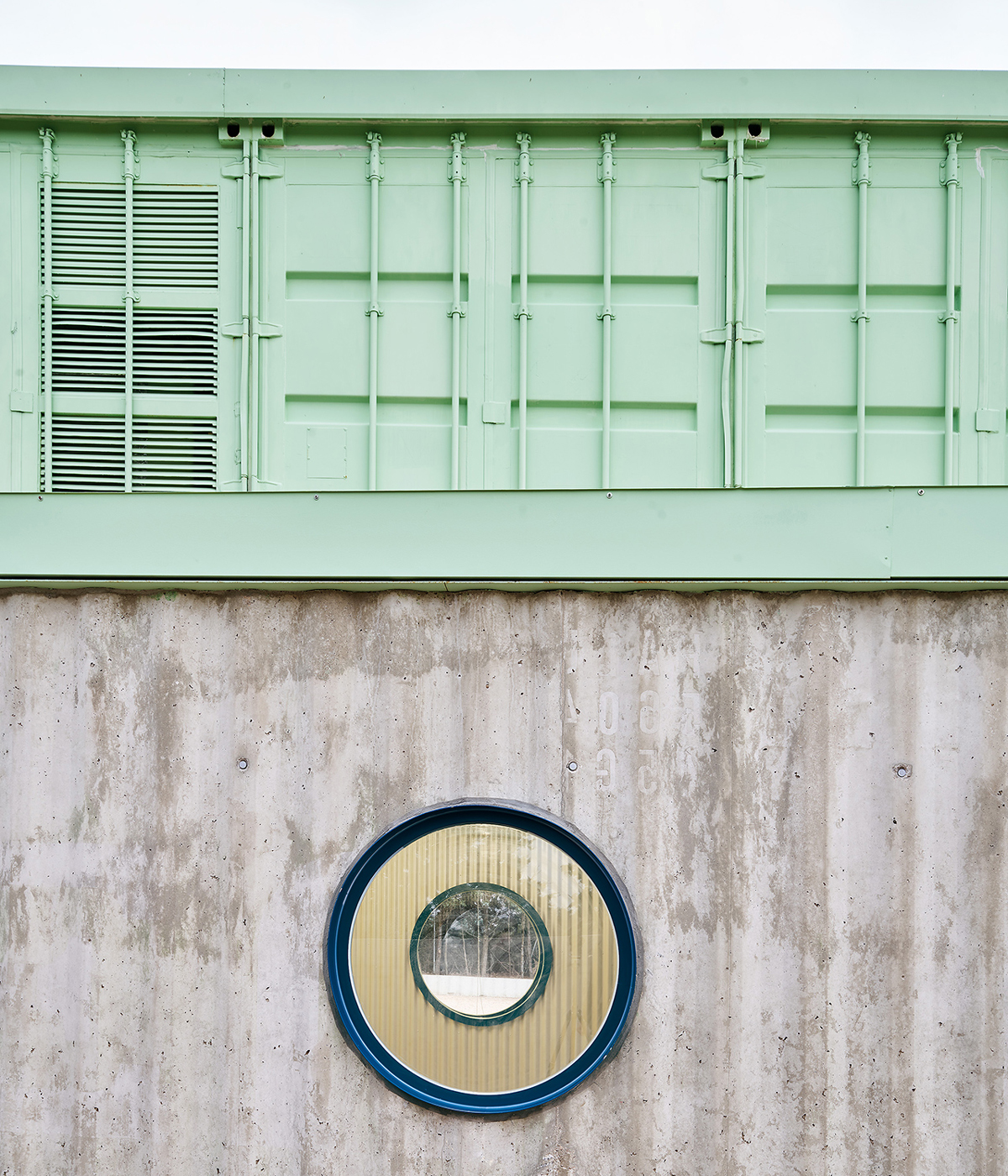

INFORMATION
Receive our daily digest of inspiration, escapism and design stories from around the world direct to your inbox.
Hannah Silver is the Art, Culture, Watches & Jewellery Editor of Wallpaper*. Since joining in 2019, she has overseen offbeat art trends and conducted in-depth profiles, as well as writing and commissioning extensively across the worlds of culture and luxury. She enjoys travelling, visiting artists' studios and viewing exhibitions around the world, and has interviewed artists and designers including Maggi Hambling, William Kentridge, Jonathan Anderson, Chantal Joffe, Lubaina Himid, Tilda Swinton and Mickalene Thomas.
-
 Eight questions for Bianca Censori, as she unveils her debut performance
Eight questions for Bianca Censori, as she unveils her debut performanceBianca Censori has presented her first exhibition and performance, BIO POP, in Seoul, South Korea
-
 How to elevate a rental with minimal interventions? Charu Gandhi has nailed it with her London home
How to elevate a rental with minimal interventions? Charu Gandhi has nailed it with her London homeFocus on key spaces, work with inherited details, and go big on colour and texture, says Gandhi, an interior designer set on beautifying her tired rental
-
 These fashion books, all released in 2025, are the perfect gift for style fans
These fashion books, all released in 2025, are the perfect gift for style fansChosen by the Wallpaper* style editors to inspire, intrigue and delight, these visually enticing tomes for your fashion library span from lush surveys on Loewe and Louis Vuitton to the rebellious style of Rick Owens and Jean Paul Gaultier
-
 At the Holcim Foundation Forum and its Grand Prizes, sustainability is both urgent and hopeful
At the Holcim Foundation Forum and its Grand Prizes, sustainability is both urgent and hopefulThe Holcim Foundation Forum just took place in Venice, culminating in the announcement of the organisation's Grand Prizes, the projects especially honoured among 20 previously announced winning designs
-
 In the heart of Basque Country, Bjarke Ingels unveils a striking modular building devoted to culinary research
In the heart of Basque Country, Bjarke Ingels unveils a striking modular building devoted to culinary researchSee what the architect cooked up for the Basque Culinary Center in San Sebastián, Spain
-
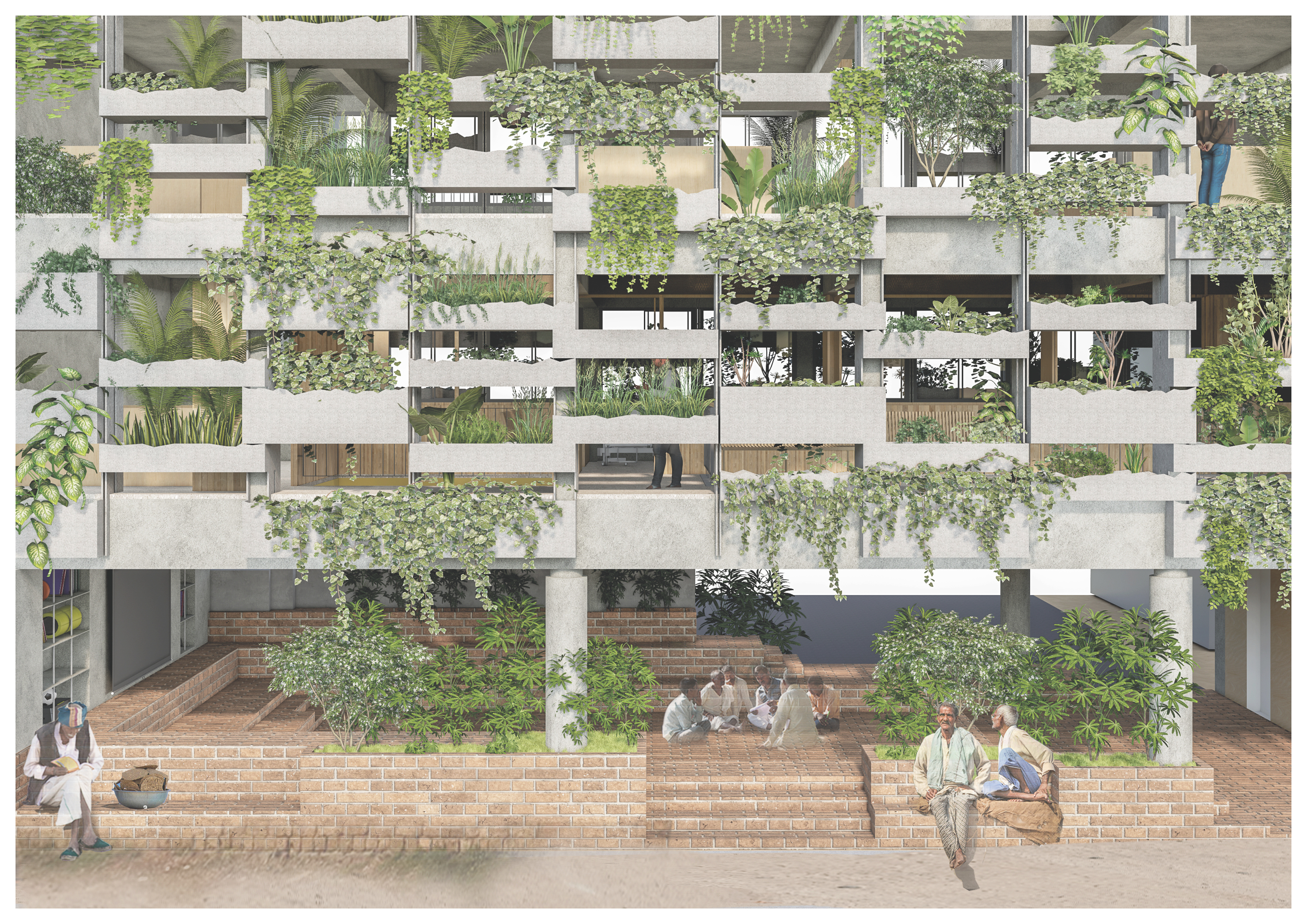 Holcim Foundation Awards celebrate sustainability with 20 winners; Sou Fujimoto explains all
Holcim Foundation Awards celebrate sustainability with 20 winners; Sou Fujimoto explains allThe 2025 Holcim Foundation Awards have just been announced, crowning 20 projects from across the globe as the most inspirational schemes in the field of sustainable architecture; we caught up with Asia Pacific jury chair Sou Fujimoto to find out more
-
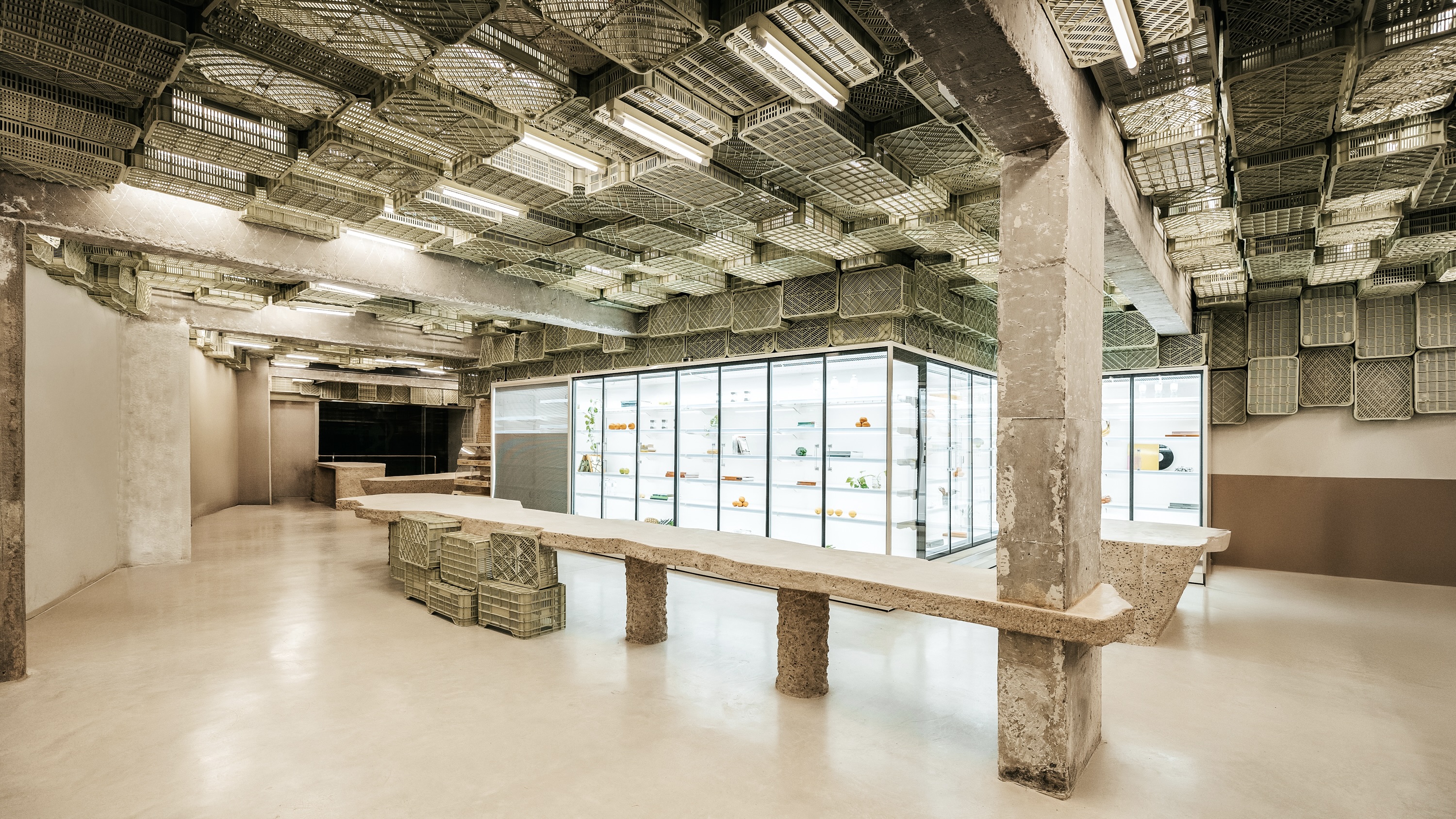 Spice up the weekly shop at Mallorca’s brutalist supermarket
Spice up the weekly shop at Mallorca’s brutalist supermarketIn this brutalist supermarket, through the use of raw concrete, monolithic forms and modular elements, designer Minimal Studio hints at a critique of consumer culture
-
 A Spanish house designed to ‘provide not just shelter, but a tangible, physical experience’
A Spanish house designed to ‘provide not just shelter, but a tangible, physical experience’A Spanish house outside Tarragona creates a tangible framework for the everyday life of a couple working flexibly in the digital world
-
 What are biomaterials? Everything you need to know about Mother Nature's building blocks
What are biomaterials? Everything you need to know about Mother Nature's building blocksCould the cities of the future be grown from plants, bacteria and fungi? Architects explain
-
 Meet Ferdinand Fillod, a forgotten pioneer of prefabricated architecture
Meet Ferdinand Fillod, a forgotten pioneer of prefabricated architectureHis clever flat-pack structures were 'a little like Ikea before its time.'
-
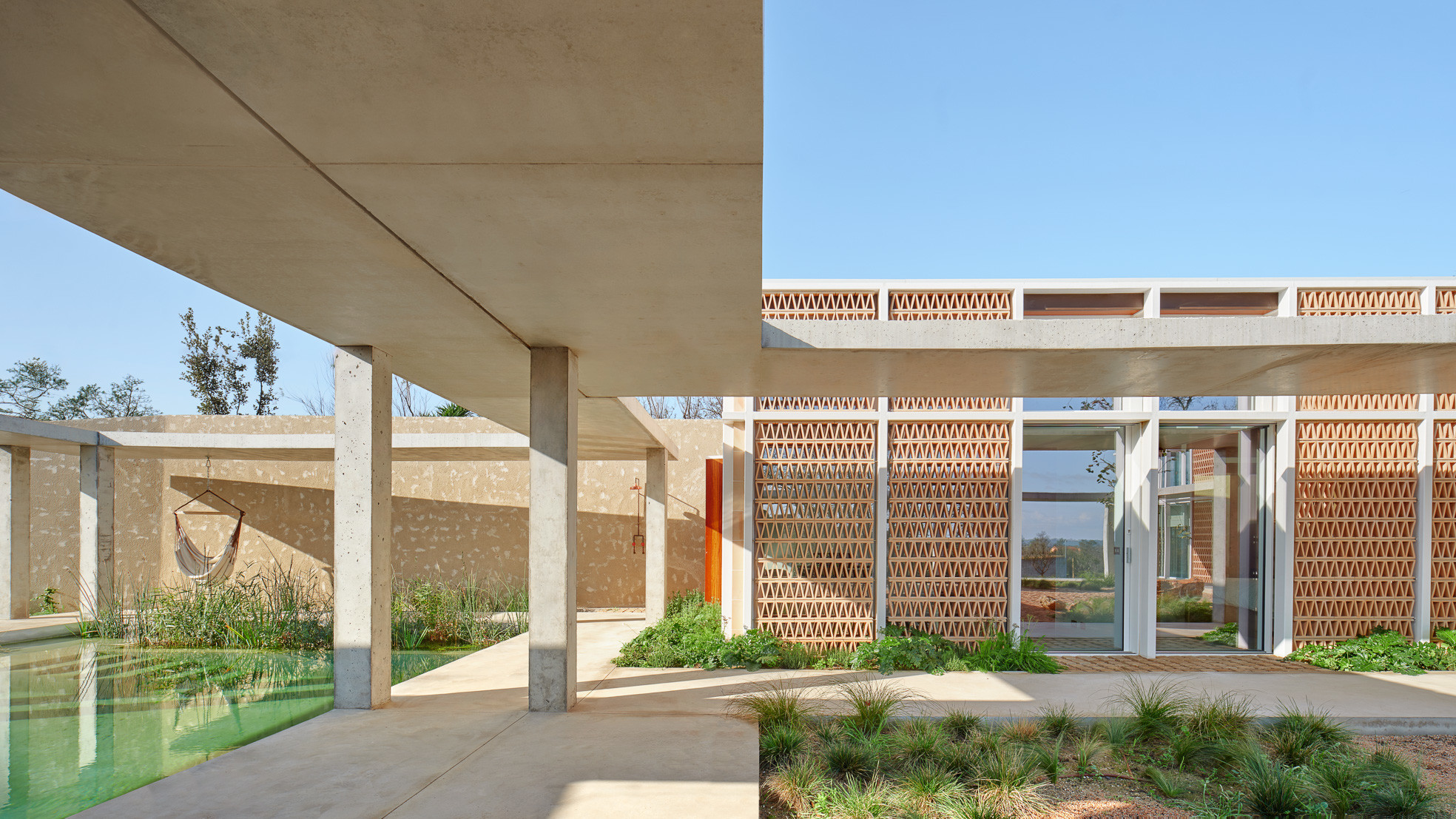 A courtyard house in northern Spain plays with classical influences and modernist forms
A courtyard house in northern Spain plays with classical influences and modernist formsA new courtyard house, Casa Tres Patis by Twobo Arquitectura, is a private complex that combines rich materiality and intriguing spatial alignments